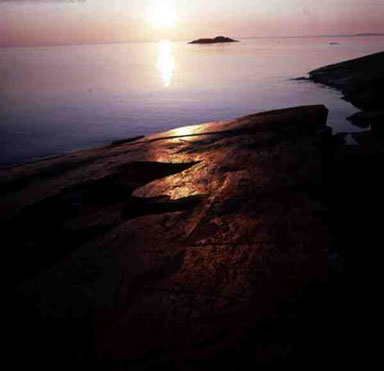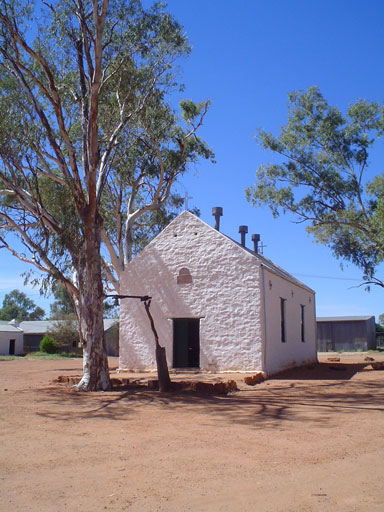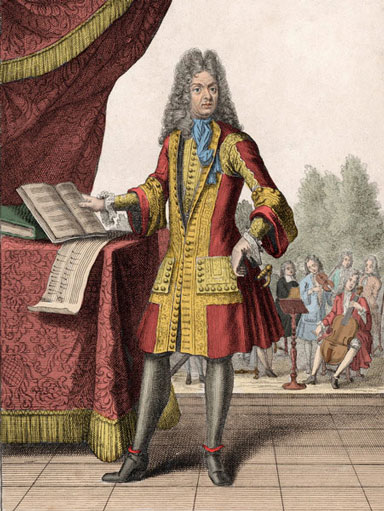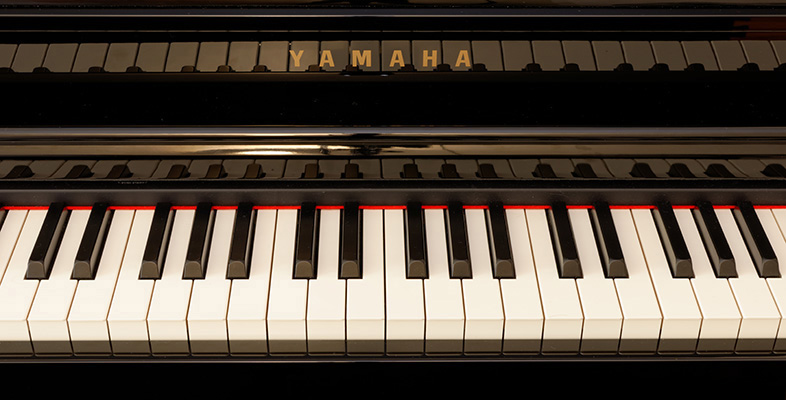1 Musical knowledge
Any type of research rests on a balance between what you already know and the potential it brings for developing new knowledge; and this section explores briefly a number of different ways in which musical knowledge shapes certain musical practices.
Activity 1
We've provided three musical extracts (Tracks 1–3). Listen to them [Tip: hold Ctrl and click a link to open it in a new tab. (Hide tip)] first without being told what they are.
What sorts of information might help us to understand these pieces and their performance? Make notes before opening the discussion.
Discussion
An appreciation of all three examples would benefit from awareness of the contextual and cultural background to the music.
The first piece was Sibelius’s ‘Karelia’ Suite, a much-played orchestral work. Putting this piece into a research framework, your lines of enquiry could revolve around the national context against which it was composed and its relationship with the Finnish landscape (Karelia is a region of Finland as shown in the image below). Other topics might include its reception, its relationship with the composer’s biography, and the sources that led him to write this work.

If you are aware of the Anglican tradition, the second item may have sounded familiar as it is an adaptation of ‘When I Survey the Wondrous Cross’, sung by the Ntaria Ladies Choir in the Aranda (or Arrernte) language of central Australia. They live and perform in the village of Hermannsburg, close to Alice Springs.
The version presented here thus raises all sorts of questions:
- Who is singing it, and where?
- How might we write about the particular and unique vocal sound?
- What language are they using?
- How is the music harmonised?
- How does it sit within a religious context?

The third piece was a short march from Le Bourgeois Gentilhomme, a 1670 opera by the French composer Jean-Baptiste Lully. Questions you might ask include:
- What were the circumstances of its composition?
- Where were such operas produced and what resources would have been required? What was their audience?
A piece like this also raises questions about the performing forces required.
- How do we determine the makeup of the orchestra in a situation where the score contains ambiguities?
- How should seventeenth-century notation be interpreted, and what do we know about the instruments of the period?
- What sources are available to enable us to probe these issues?

